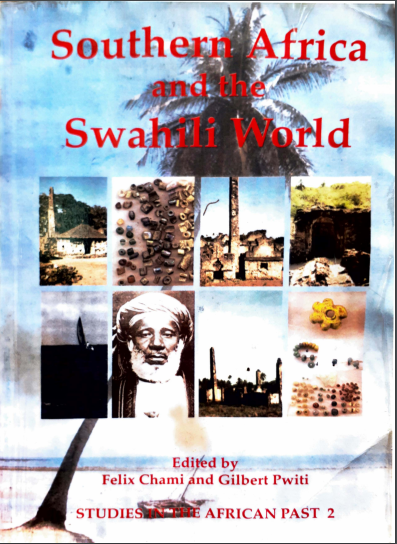La Bipartition Des Cites Swahili: L ' exemple De Gedi (Kenya)
Abstract
According to recent finding the history of Gede can be divided into three main periods. The settlement of the 11th-14th century is located on the north-east, that of the 15th century is circumscribed in the great enclosure and the settlement at the end of the 16th century is enclosed in the interior town wall.
The town of Gede reached its maximal size between AD 1375 and 1425 with the construction of a great mosque 26m long. After that the wealth created by the economic prosperity of the city was controlled by external political power (Malindi or even Pate) At the beginning of the 15th century the settlement centre moved to the southwest. A new great mosque and a palace were erected in the middle of a perimeter protected by a stone enclosure. This fortification delimits the new centre and excluded the ancient agglomeration. Fortifications of Gede did not represent a binary division between the stone town and the mud houses. What is called a geographical separation between the rich and poor is just a spatial chronology that does not notice a hierarchy of the territory.
The spatial and chronological bipartition of Gede poses a problem as to why some Swahili cities have been divided in two parts stone town and mud-house town. Is it a result of a conquest or a natural process of urbanisation in East Africa? To reply to this question, we have compared the urban evaluation of Gede with other Swahili cities like Mogadishu, She Jafari, Shanga, Manda, Pate and Songo Mnara. It seems that it is the urban process itself that has caused the division rather than the popular thinking that it was caused by immigrants. The Swahili fortifications can give us the dates of crises and important conflicts that took place before the arrival of the Portuguese. The Kenyan example of Gede allows one to propose a generalised apparition of fronts/townwalls at the beginning of the 15th century due to ensuing invasion by Portuguese. This also marked the final stage in the urban process among the Swahili people.



